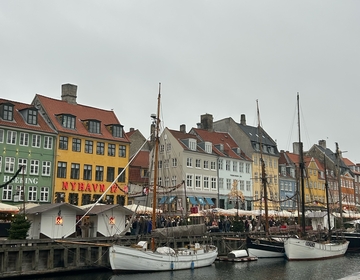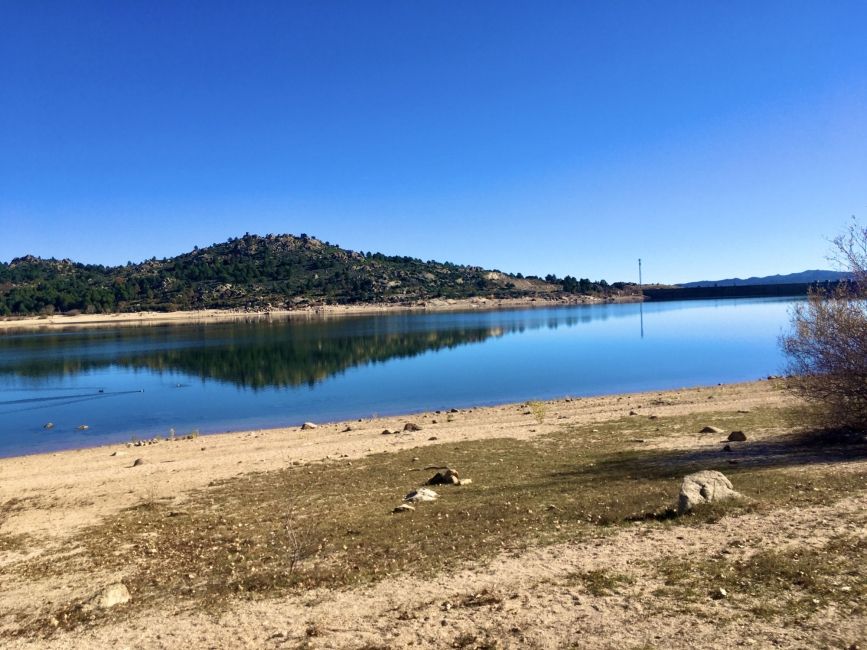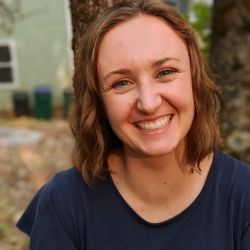¿Dónde Están Las Vacas?
A Spanish phrase I never expected to need to use: ¿dónde están las vacas?. I learned last week that apparently this phrase is very important in my piso. It literally translates to where are the cows, and yes, that is all it means. There is no figurative meaning whatsoever. So, why was this phrase so important? This simple phrase sparked a joyous day and a random memory I get to keep forever.
It all started one week when I came home to my roommates talking about going to see cows. Strange, I know. Even in Spain people don’t normally make a big deal out of seeing cows. I was intrigued and tried my best to follow along with the Spanish conversation. As it turns out, one of my roommates had heard of a place where there are lots of cows, and she wanted to visit. She loves cows, and so we all decided to make the trek to the outskirts of Madrid to see las vacas.
Early that next Saturday morning, we filled our backpacks with food, blankets, a soccer ball, and whatnot having decided to make a whole day of visiting the cows. Off we went to catch the bus to the little town of Navacerrada.
As with all bus rides out of the city of Madrid, the landscape was stunning. As soon as you get out of the city, the land rolls with green hills and blue skies. Small fairytale villages pop up out of nowhere and life just seems to slow down. So the day began, our hearts overjoyed with the expectation of seeing a few cows.
I was sitting next to my roommate, who suggested the day trip, when in the distance we saw a field full of cows. This is somewhat embarrassing to admit, but never in my life have I actually been excited to see cows. Something about the excitement of my roommate triggered my inner child and I felt like I was five years old again, shocked and intrigued by the world outside my window. This cow sighting filled all of us with the satisfaction that we were heading in the right direction and would see many more cows when we arrived.
Right before we reached the town, we passed over an embalse (reservoir---one of the many new words I learned that day). This would be the perfect place to picnic either before or after seeing the cows up close. We pulled up to the station and decided we would begin the search for the cows as soon as we’d had coffee.
We took our café and headed out down the cobblestone streets, passing the small taverns and boutiques, putting us straight into a Hallmark movie (my favorite). Vale. ¿Dónde están las vacas? Looking around, they were nowhere to be found. Cobblestones and taverns were not the place for these vacas. Confused, we turned to my roommate. Had we missed them? Apparently so. But how? We had planned the whole day around finding these cows, how could they not be there? All we could do was laugh. I mean honestly, who plans a whole day around looking at cows? ¿Dónde están las vacas? ¿Dónde están las vacas???
Luckily, finding the cows was all for fun and games and so we headed to the embalse for a picnic and to take in the stunning views of the countryside. Navacerrada, like every other small village in Spain, is so quaint and adorable that it is impossible not to enjoy yourself.
A few good laughs later, we got back on the bus and headed home. There you have it. My story of the day we went to look at cows. We may not have seen as many cows as we wanted, but we made some great memories and found an appropriate time to use ¿Dónde están las vacas? Overall, a very successful day.
Related Posts

Who Runs the World? Pharaohs.
Running the Pyramids Half Marathon in Cairo, Egypt Egypt and a half marathon? Let’s run it back—literally. I had the opportunity to travel to Cairo, Egypt, to run the annual... keep reading

Copenhagen Cosplays the North Pole
A Winter Weekend Guide If you’re searching for the perfect winter weekend getaway while studying abroad, Copenhagen deserves a spot at the top of your list. While the city is... keep reading

Let’s Moroccan Roll
A 4-Day Morocco Getaway from Madrid Morocco has become an increasingly popular destination for students studying and working abroad, and after spending four days there, it’s easy to see why... keep reading

